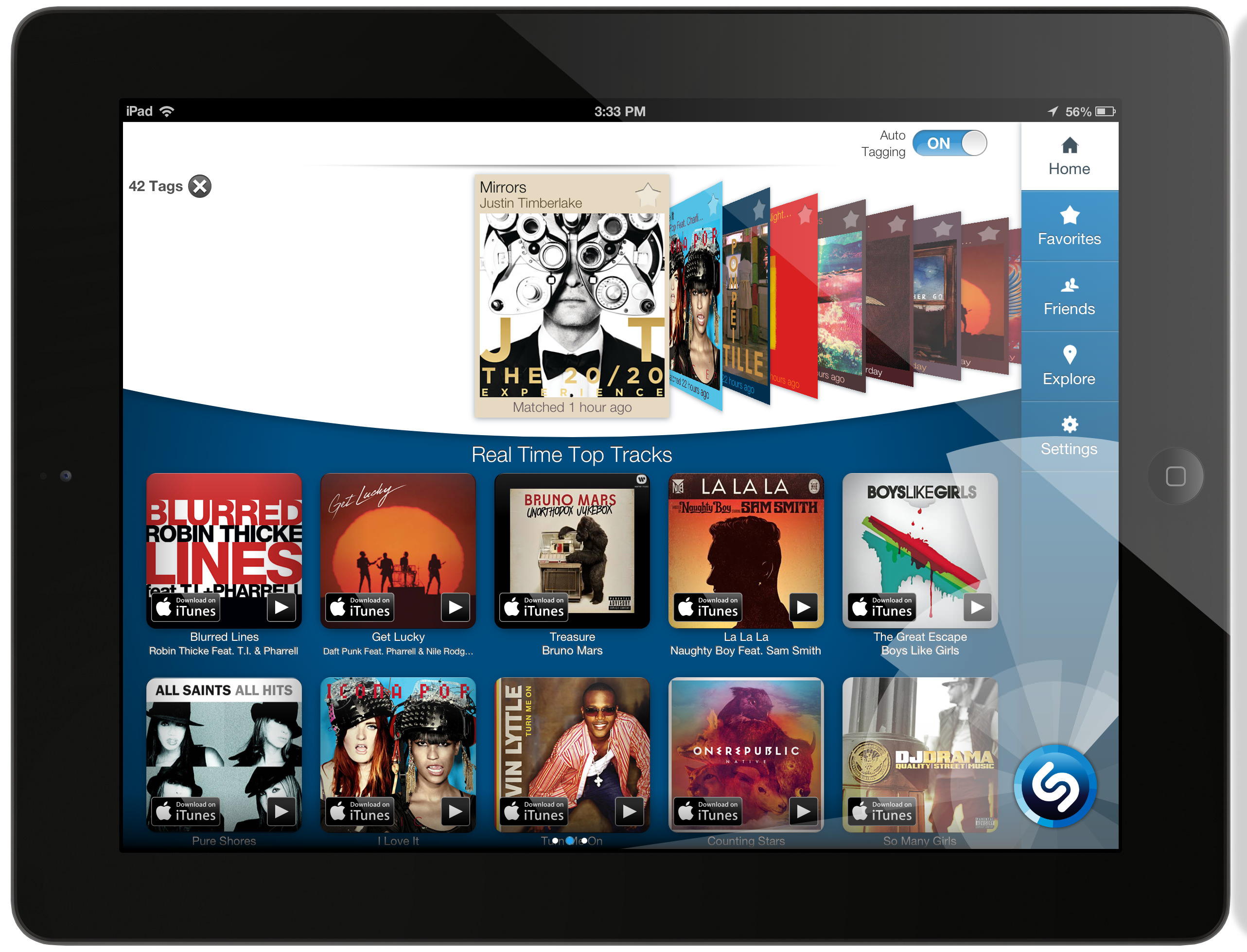-->
TagScanner is a Windows software program that has several useful features. With it, you can organize and tag most of the popular audio formats, and it comes with a built-in player. TagScanner can automatically fill in music file metadata using online databases like Amazon and Freedb, and it can auto-rename files based on existing tag information. Widely regarded as one of the best podcast apps out there, Pocket Casts is an all-singing, all-dancing podcast app for iPhone. It has advanced playback controls, automatic downloading of new. Android Auto is completely free for Android users; however, it can get as expensive as $500 while installing it into your car. It is an easy recommendation when it comes to the best car apps in 2021. Car Scanner ELM OBD2. Car Scanner ELM OBD2 (On-Board Diagnostics) is a professional AI integrated car diagnostic solution connected through.
- Many of the Bear app's features are available for free on Mac, iPad, and iPhone. Using the free version you can create notes, add tags and attachments, and export to a variety of formats.
- Listen audio version Save In one of Instagram’s blog posts, they referred to Instagram as a place where “people turn their passions into purchase”. If this is true, then every business person, blogger, podcaster, writer, programmer, and freelancer should have an Instagram account if they want to turn followers into loyal customers. The blog post 6 Best Instagram Scheduler Apps For.
Organize your cloud assets to support governance, operational management, and accounting requirements. Well-defined naming and metadata tagging conventions help to quickly locate and manage resources. These conventions also help associate cloud usage costs with business teams via chargeback and showback accounting mechanisms.
Define your naming and tagging strategy as early as possible. Use the following links to help you define and implement your strategy:
Note
Every business has its own organizational and management requirements. These recommendations help start a discussion with your cloud adoption teams. As the discussion proceeds, use the template below to document the naming and tagging decisions you make when aligning these recommendations to your specific business needs.
Download the naming and tagging conventions tracking template.
Purpose of naming and tagging
Accurately representing and naming your resources is essential for security purposes. In the event of a security incident, it's critical to quickly identify affected systems, what functions those systems support, and the potential business impact. Security services such as Azure Security Center and Azure Sentinel reference resources and their associated logging and alert information by resource name.
Azure defines naming rules and restrictions for Azure resources. This guidance provides detailed recommendations to support enterprise cloud adoption efforts.
Changing resource names can be difficult. Establish a comprehensive naming convention before you begin any large cloud deployment.

Naming and tagging strategy
A naming and tagging strategy includes business and operational details as components of resource names and metadata tags:
The business side of this strategy ensures that resource names and tags include the organizational information needed to identify the teams. Use a resource along with the business owners who are responsible for resource costs.
The operational side ensures that names and tags include information that IT teams use to identify the workload, application, environment, criticality, and other information useful for managing resources.
Next steps
Learn about the considerations for defining your naming convention your Azure resources and assets, and review example names for resources and assets in Azure.
-->Organize your cloud assets to support governance, operational management, and accounting requirements. Well-defined naming and metadata tagging conventions help to quickly locate and manage resources. These conventions also help associate cloud usage costs with business teams via chargeback and showback accounting mechanisms.
Define your naming and tagging strategy as early as possible. Use the following links to help you define and implement your strategy:

Note
Every business has its own organizational and management requirements. These recommendations help start a discussion with your cloud adoption teams. As the discussion proceeds, use the template below to document the naming and tagging decisions you make when aligning these recommendations to your specific business needs.

Download the naming and tagging conventions tracking template.

Purpose of naming and tagging
Accurately representing and naming your resources is essential for security purposes. In the event of a security incident, it's critical to quickly identify affected systems, what functions those systems support, and the potential business impact. Security services such as Azure Security Center and Azure Sentinel reference resources and their associated logging and alert information by resource name.
Azure defines naming rules and restrictions for Azure resources. This guidance provides detailed recommendations to support enterprise cloud adoption efforts.
Changing resource names can be difficult. Establish a comprehensive naming convention before you begin any large cloud deployment.

Naming and tagging strategy
A naming and tagging strategy includes business and operational details as components of resource names and metadata tags:
The business side of this strategy ensures that resource names and tags include the organizational information needed to identify the teams. Use a resource along with the business owners who are responsible for resource costs.
The operational side ensures that names and tags include information that IT teams use to identify the workload, application, environment, criticality, and other information useful for managing resources.
Next steps
Best Auto Tagging Apps
Learn about the considerations for defining your naming convention your Azure resources and assets, and review example names for resources and assets in Azure.